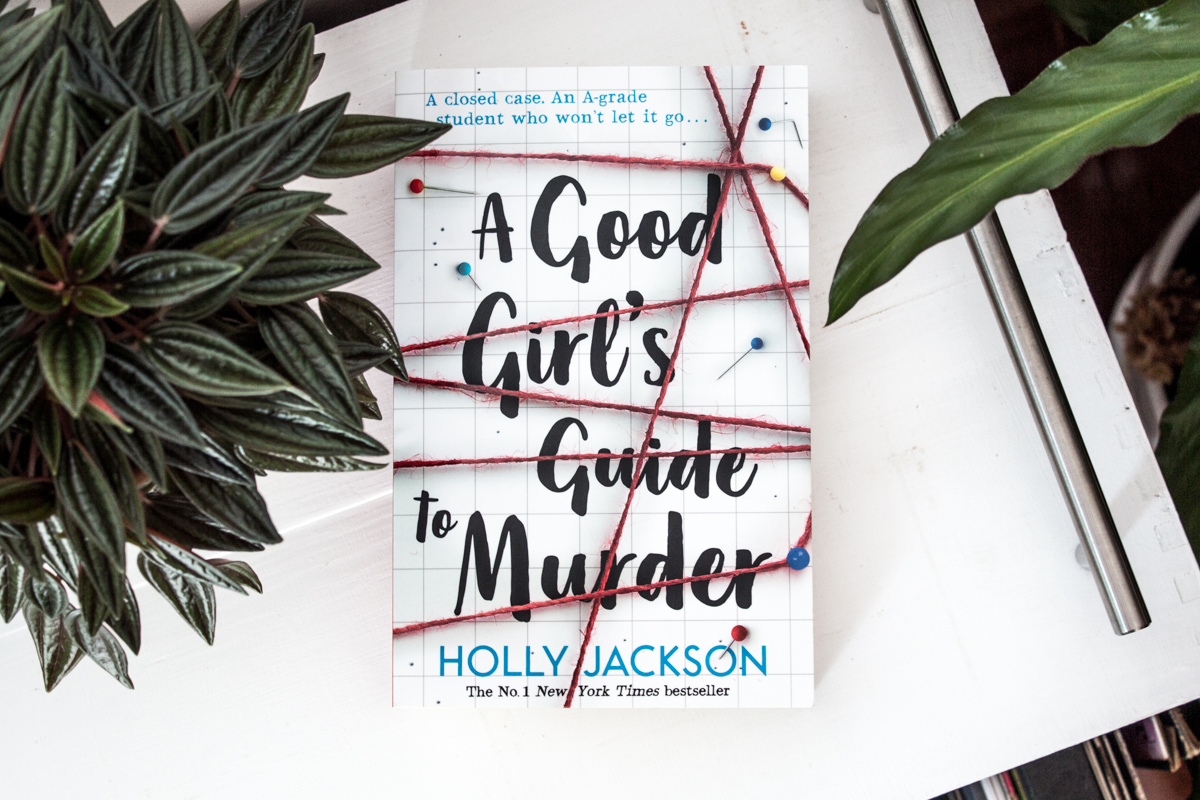Have you ever pondered how well you truly know the people around you? What if the person you least suspected was hiding a dark secret? In Holly Jackson’s enthralling novel, “A Good Girl’s Guide to Murder,” this tantalizing premise serves as the foundation of a gripping narrative that skillfully intertwines mystery and teen angst. With an exceptional knack for suspense and character development, Jackson invites readers into a world where the seemingly innocuous can conceal grave dangers.
At the heart of this riveting tale is Pippa Fitz-Amobi, a determined and inquisitive high school student with a penchant for investigative work. She embarks on a caper that is not just typical high school fare; instead, it’s an audacious quest to uncover the truth behind a murder that has long haunted her town. The story kicks off in Pip’s final year of school, during which she decides to select the infamous case of Andie Bell for her senior project. This case, steeped in local lore, revolves around the brutal murder of the titular character and the subsequent conviction of her boyfriend, Sal Singh, who allegedly took his own life out of guilt shortly afterward.
As Pip delves deeper into the chilling events surrounding Andie’s death, she becomes swept away by a tapestry of secrets that paint both Sal and Andie in complicated hues. While some classmates maintain that Sal was indeed the murderer, Pip remains skeptical. Driven by a thirst for justice and truth, she starts to unearth evidence that seems to contradict the widely accepted narrative. What if Sal was innocent? This question fuels her investigation and challenges not only her perceptions but also the town’s collective understanding of the event.
The narrative structure of “A Good Girl’s Guide to Murder” benefits from Jackson’s innovative storytelling techniques. The chapters alternate between Pip’s present-day investigation and snippets of interviews, journal entries, and other artifacts that provide context to the unfolding drama. This multifaceted approach creates an immersive reading experience, allowing the reader to accompany Pip as she scrutinizes classmate statements, collaborates with friends, and confronts the uncomfortable truths hiding in plain sight.
As Pip navigates her dual role as a student and detective, the author deftly intertwines elements of camaraderie and rivalry that characterize the high school experience. Pip’s relationships—whether with her loyal friend, Ravi, or her academically inclined rivals—offer a rich layer of complexity to the narrative. In a vibrantly illustrated world of nuances, Jackson captures the youthful impulses of loyalty, betrayal, and the often perilous quest for acceptance. The challenges Pip faces are not merely external; they also manifest within her, adding depth to her character arc. Pip wrestles with her own biases, her societal roles, and the implications her investigation may have on her own safety and those she loves.
One of the more salient themes in this intricate narrative is the idea of social media and its impact on the perception of truth. Pip’s investigation is made easier—and, at times, more perilous—by the digital age in which she lives. The internet, with its vast resources and echo chambers, offers both clues and red herrings. Jackson cleverly juxtaposes the immediacy of online communication against the slower, more contemplative pace of traditional investigative work, making readers question the reliability of digital information. In a time where likes and shares dictate public opinion, how well can one truly discern the facts? This question lingers throughout Pip’s journey.
Moreover, the novel’s tone oscillates between whimsical teenage banter and gripping tension, keeping readers on their toes. Jackson skillfully employs humor, allowing Pip to maintain a sense of normalcy amidst the chaos of her investigation. These moments of levity create a contrast that heightens the stakes and emphasizes the weight of Pip’s discoveries. For instance, the witty dialogues between Pip and Ravi not only showcase their friendship but also foreshadow the complexities that lie ahead as the duo navigates their way through potential peril.
As the story unfolds, Pip encounters obstacles both predictable and shocking. For every revelation that brings her closer to the truth, there are unexpected twists that make her question the nature of justice and morality. Does the pursuit of truth justify reckoning with danger? This exploration of ethics in an often morally murky world makes “A Good Girl’s Guide to Murder” more than just a mystery novel; it morphs into a philosophical exploration of right and wrong amidst the backdrop of teenage life.
Ultimately, the denouement of this story doesn’t just provide closure; it prompts reflection. As Pip untangles the skein of lies and half-truths, she learns not just about the events that transpired years ago but also about herself and her values. The journey teaches her that the quest for truth can be fraught with complexities that challenge one’s worldview but can also lead to empowerment and understanding.
In conclusion, “A Good Girl’s Guide to Murder” invites readers to engage with its intricate plot and relatable characters. It poses critical questions about morality, truth, and the reliability of perception, all while delivering a narrative that is as entertaining as it is thought-provoking. So, are you ready to dive into another world—a world where curiosity can lead to life-altering revelations? As you pick up this novel, brace yourself for a blend of thrills, emotional depth, and a challenge to reconsider what you think you know about the people in your life.
